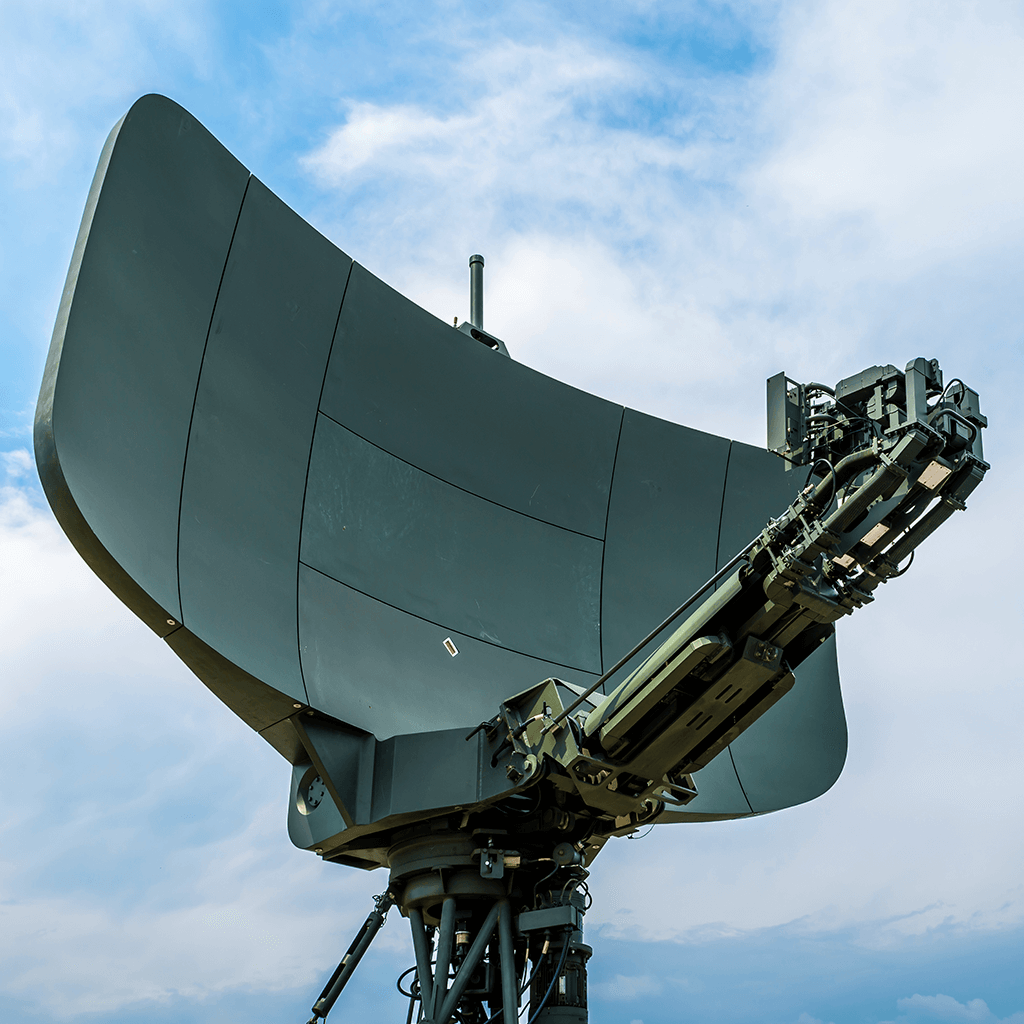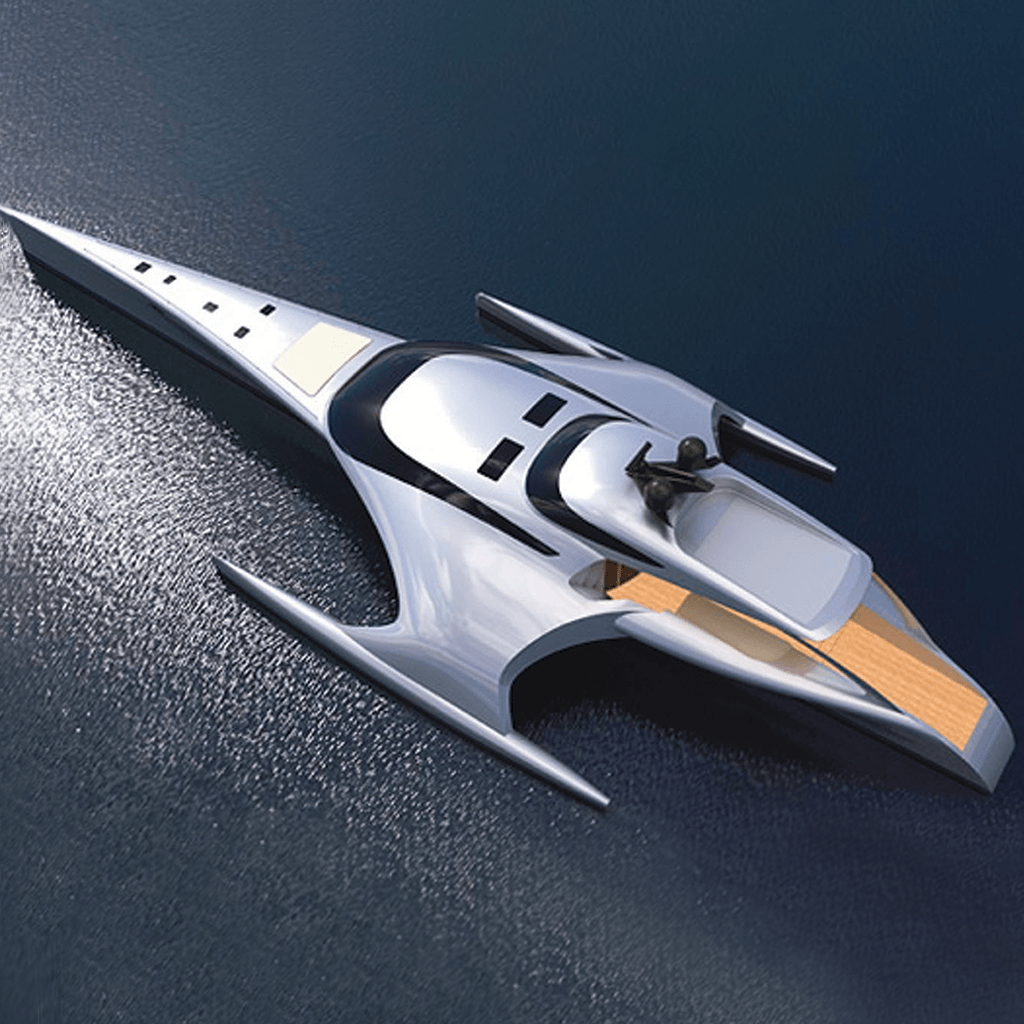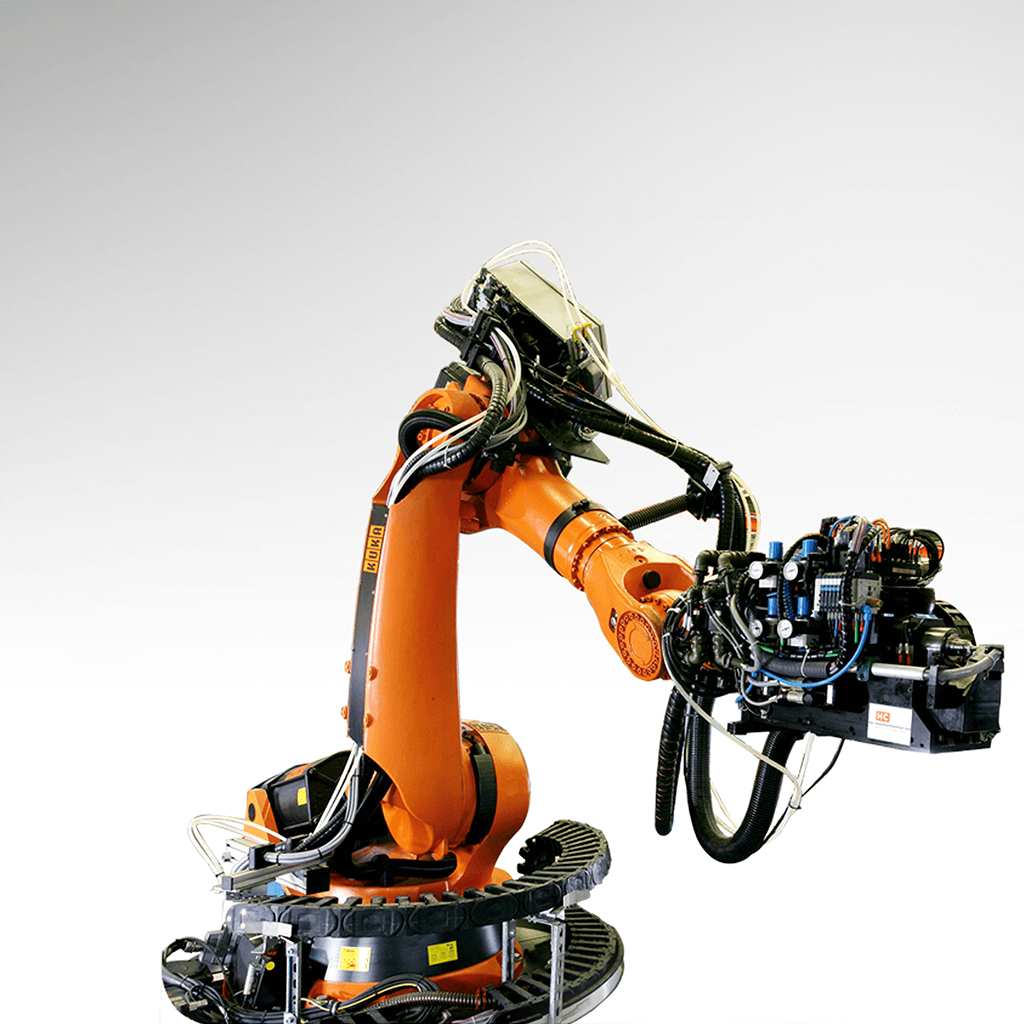The NASA officially presents its supersonic aircraft X-59
It can already be said that January 12, 2023, will be a landmark date, as NASA is set to unveil the final version of the supersonic aircraft X-59 QueSST before commencing the first test flights.

A key milestone in NASA’s QueSST mission has been reached with the official worldwide presentation of the supersonic aircraft X-59. It also paves the way for the first real-world test flights, initially scheduled for 2023. The programme’s teams had requested a bit more time to perfect the tail structure, safety system redundancy, and wiring integration. By the early summer of 2023, the X-59 had emerged from the Lockheed Martin Skunk Works workshop in Palmdale, California, for a series of tests indicating that the horizon for a maiden flight was approaching.

The rollout of NASA’s X-19: https://youtu.be/KjCdGqgD9Bs
The wing is the most complex part of the X-59, a patchwork aircraft
The supersonic jet X-59 QueSST stands out for its design with an extremely streamlined fuselage, around 30 m in length, and over 11.5 m of a nose that serves important stabilising and acoustic functions (Figure 2). «The wing has been the most complex part of the X-59 manufactured by Lockheed Martin», emphasises Dave Richwine, NASA’s LBFD deputy project manager for technology.
To assemble the wing with the tail and fuselage, the teams used Mongoose (ultraviolet technologies) and Cobra (combined operation: bolting and robotic autodrill for attachment points) machines. The X-59 aircraft also features the adoption of parts and components already proven on other aircraft, including fighter jets like the landing gear from the F-16, for example.

Archives of the X-59 assembly: https://youtu.be/LcvYjkCBY28
Reopening the potential of the supersonic flight market
With the LBFD programme and the X-59 QueSST jet, NASA aims to demonstrate the progress made in supersonic aircraft, especially in terms of noise pollution (when breaking the sound barrier and in flight). Tests will be conducted over several American cities to measure the reaction of residents when exposed to it. The goal is to lift the ban on supersonic flights over land. This ban dates back to 1973 and is one reason why supersonic flights of the Concorde, operated by British Airways and Air France between 1976 and 2003, were only allowed over the sea.
Many economists believe that the market for commercial supersonic flights has significant potential, as well as ultra-fast civil flights reserved for a luxury clientele, which is expanding worldwide.











